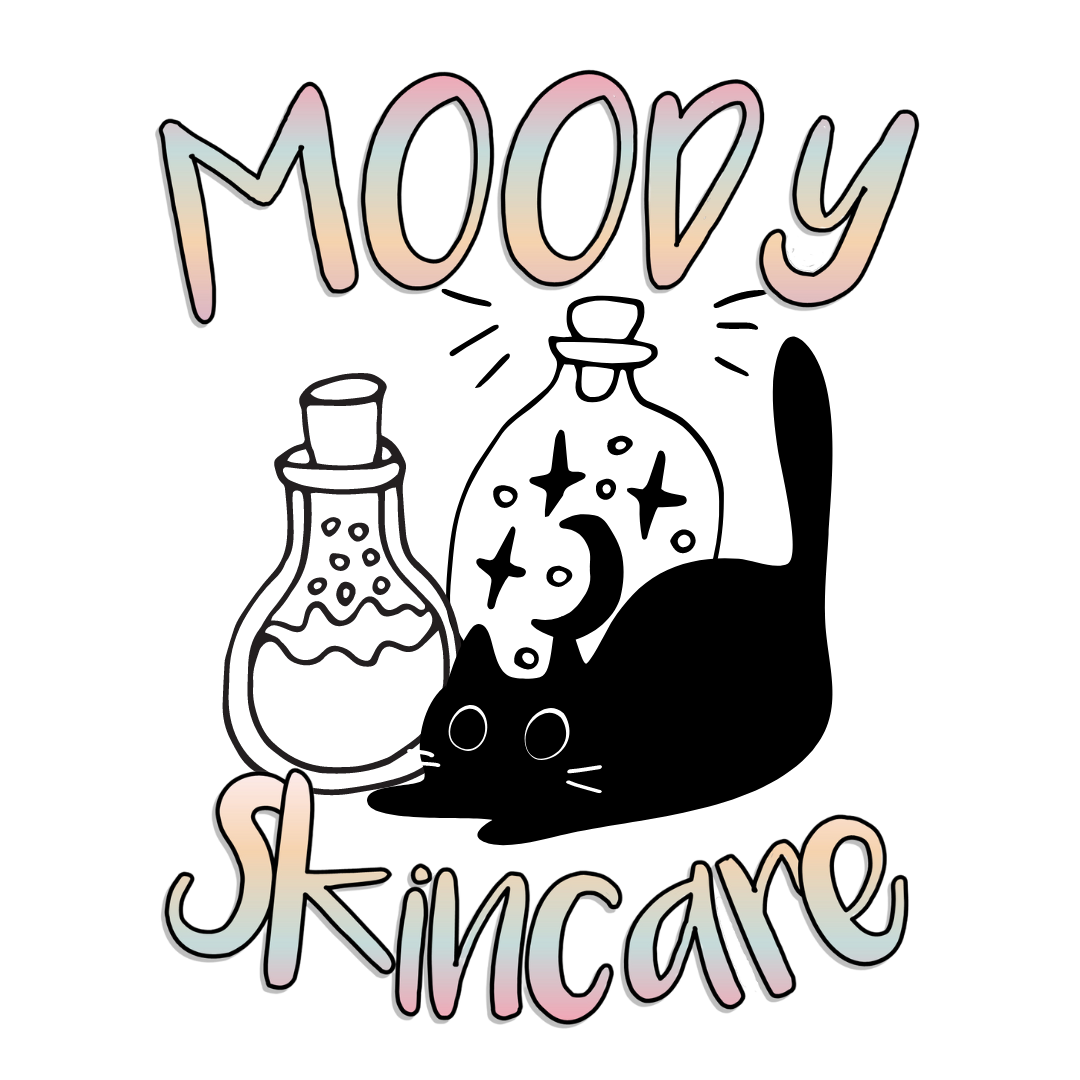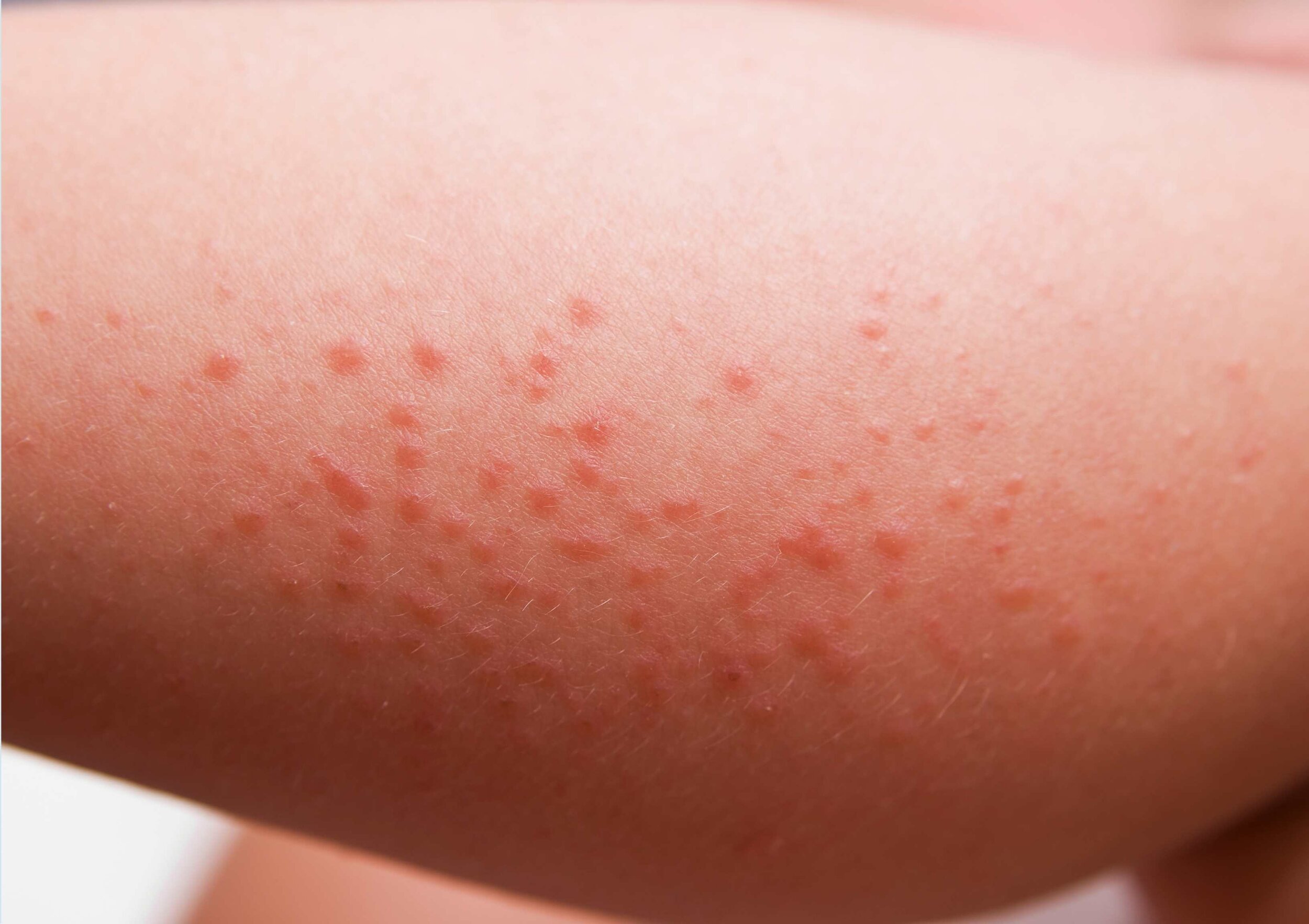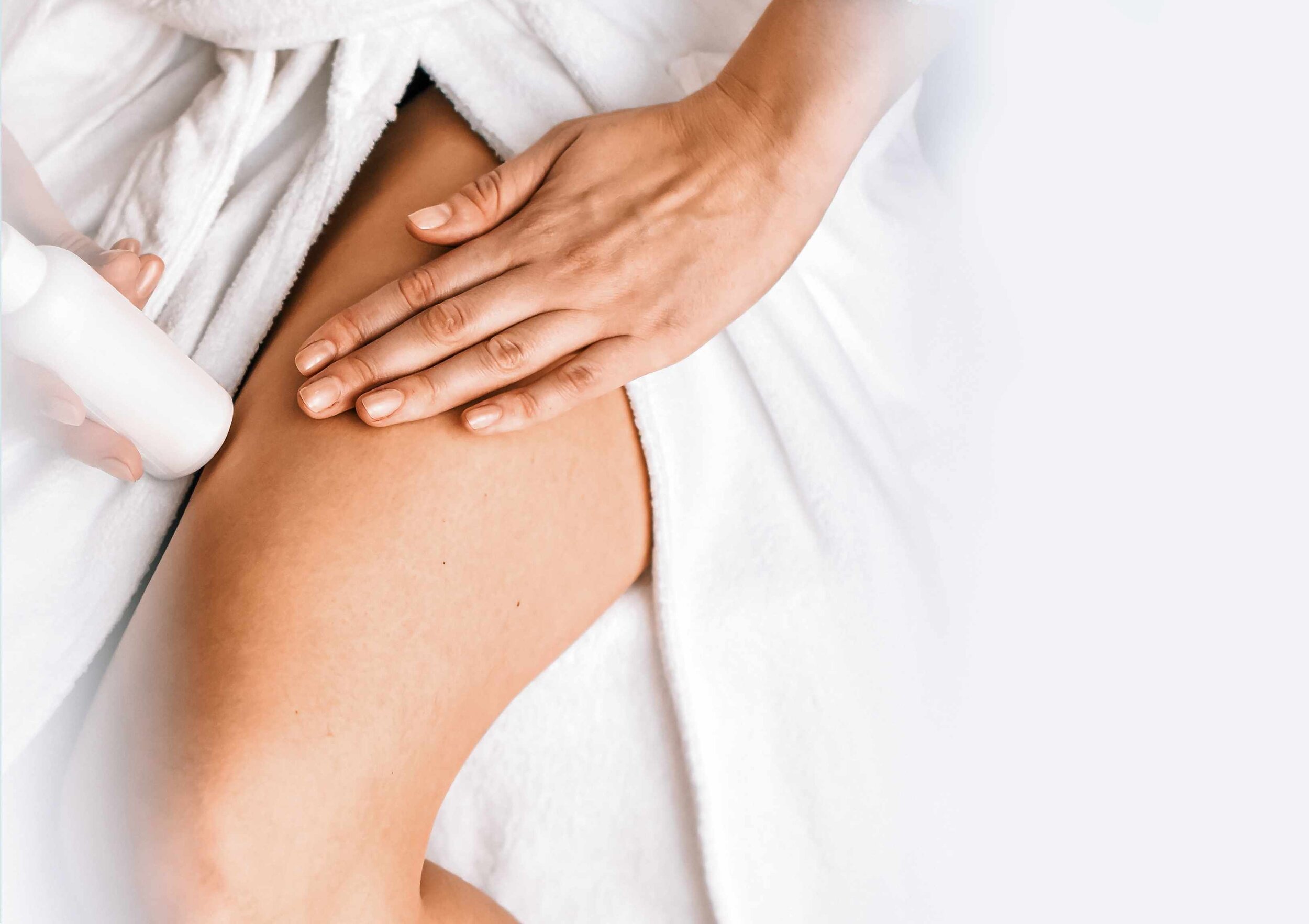7 Reasons Why You Might Have Razor Burn
Best Tips for Bikini Irritation
Body hair removal became a part of the everyday routine after World War II to establish one’s femininity and attractiveness according to research by Medal Peixoto Labre. From there the trend has lasted many, many years (evidently) as a symbol of beauty for women.
Of course, times have changed and not everyone has room for a razor in their life. To those individuals I say, you do you—own it, rock it! But if body hair removal (down to your vageen) has always been a part of your routine or you’ve entered the ‘talking stage’ with your razor then keep reading.
A study shows about 77% of women have used a razor and shaving cream while shaving. Which is good, but we can do better. The worst part of the shower can be looking down and preparing to ‘tame the beast’ with the fear of your skin fighting back in the form of little red bumps and ingrown hairs.
When this happens it’s because there’s something wrong with your razor, skin preparation, technique, or all of the above.
But wait, what are those angry red bumps?
What you’re discovering ‘dotting’ the area around your vulva are most likely razor bumps on the vagina. Medical News Today says it best, “razor burn is a type of skin irritation that develops immediately after shaving. Improper shaving techniques can irritate the skin, causing patches of red, itchy bumps.”
Some may start to associate this type of irritation after every shave, but we’re here to tell you it doesn’t have to be this way! The relationship between you and your razor can be salvaged and we’ll show you how.
Relieving discomfort
Some quick tips from Medical News Today for if you’re reading this in the aftermath of an unsuccessful shave resulting in a case of crotch rash:
• Get a cold ‘something’ to press against the irritated area to reduce any inflammation.
• Consider retiring the razor until your skin fully heals—not to exacerbate the problem.
• Apply a body moisturizer STAT—preferably one that highlights aloe vera or shea butter as a couple of their main ingredients.
• In the case of folliculitis, a doctor may recommend topical ointment and antibiotics—use them only if recommended by the doctor.
If you ever feel like the discomfort is too much or doesn’t subside then definitely call a health-care professional. They see this sort of thing all the time so don’t be embarrassed—they’re there to help you.
Some other indicators from the Center for Young Women’s Health that show it’s time to pick up the phone include “severe rash, bleeding, discharge or pus.”
How can I stop this vicious cycle?
By looking up ways to prevent razor bumps and folliculitis, we’ve put together a handy to-do list for every shower shaving extravaganza that’ll hopefully leave you feeling clean-shaven and feeling smooth.
1. Choose your weapon (in video game voice)
During your battle of the body hair, it’s best to take some time and evaluate your razor of choice. Reconsider substituting disposable razors for a more sustainable option—for both the environment and your bathroom. Disposable razors are meant to be tossed after a couple of uses not meant to be held on to for the remainder of the month.
Also remember more blades, the better! This means fewer swipes across the sensitive bikini area and less potential for irritation and redness.
2. Soak it up
The Center for Young Women’s Health says to “soak in the tub for at least 5 minutes to soften the skin and pubic hair before your shave.”
If you don’t have the luxury of a bathtub and don’t want to waste water consider saving the shaving portion of your showers for the very end. That way your skin has time to soften and prepare itself for its close encounter with your razor.
3. Slather on shaving cream
Applying a shaving cream is a great way to protect your skin and make the process feel much smoother. Acting as a buffer between your sensitive skin and your razor, shaving cream should be essential to every shaving kit.
Be careful when using shaving cream around your sensitive lady-parts and select something that is fragrance-free. Organic skincare works best when wondering which products are safest to use around your bikini area to avoid irritation.
4. One way traffic
According to WebMD, “shave in the direction of hair growth.”
A way to remember this, Harry [hairy] Styles from One Direction. I don’t mean to lower a man’s entire music career to shaving pubic hair but… he should be honored and now it’ll be impossible to forget.
5. Rinse and Repeat
According to the American Academy of Dermatology Association, after every time you use your razor be sure to rinse the hair off of it.
This goes for in-between every shaving session and in-between swipes. That clogged hair in your razor hinders its performance and increases the number of times you swipe it against your sensitive skin. Resulting in a heightened chance of developing razor burn or skin irritation down there. Yikes!
6. Soothe your skin
Take care of your skin after every shave because it’s trying to heal. After shaving it’s important to soothe your skin with cool water and moisturize to prevent dry chapping skin.
Any products you use after shaving should be fragrance-free and alcohol-free to prevent burning or any other irritation.
7. Toss old blades
Just like an old lover, if you love something you must let it go. Except don’t wait for this blade to come back to you, that would be… wild?
Blades can be used multiple times, but if you notice the blade is getting rusty then that’s a sure sign that it’s time to replace it.
To increase the lifespan of your blades clean them with hot or warm water to remove excess hair and store them in a dry place, preferably not in the shower where it’s damp and a breeding area for bacteria.
How about now?
Revel in your irritation-free shave job with confidence and before long you’ll be a seasoned pro!
References:
DeMaria, Andrea L, and Abbey B Berenson. “Prevalence and correlates of pubic hair grooming among low-income Hispanic, Black, and White women.” Body image vol. 10,2 (2013): 226-31. doi:10.1016/j.bodyim.2013.01.002. Accessed July 17, 2020. https://www.ncbi.nlm.nih.gov/pmc/articles/PMC3643298/?report=classic
Medical News Today. “Causes and remedies for itchiness after shaving.” July 29, 2019. Accessed July 17, 2020. https://www.medicalnewstoday.com/articles/325886#summary
Center for Young Women’s Health. “Removing Pubic Hair.” April 29, 2019. Accessed July 17, 2020. https://youngwomenshealth.org/2013/08/22/removing-pubic-hair/
Jaliman, Debra. “Below the Belt: Rashes, Bumps, and Lumps.” WebMD. August 7, 2019. Accessed July 17, 2020. https://www.webmd.com/skin-problems-and-treatments/ss/slideshow-below-the-belt
American Academy of Dermatology Association. “Hair Removal: How to Shave.” Accessed July 18, 2020. https://www.aad.org/public/everyday-care/skin-care-basics/hair/how-to-shave
Labre MP. The Brazilian wax: New hairlessness norm for women. Journal of Communication Inquiry. 2002;26:113–132. Accessed July 17, 2020. [Google Scholar]





